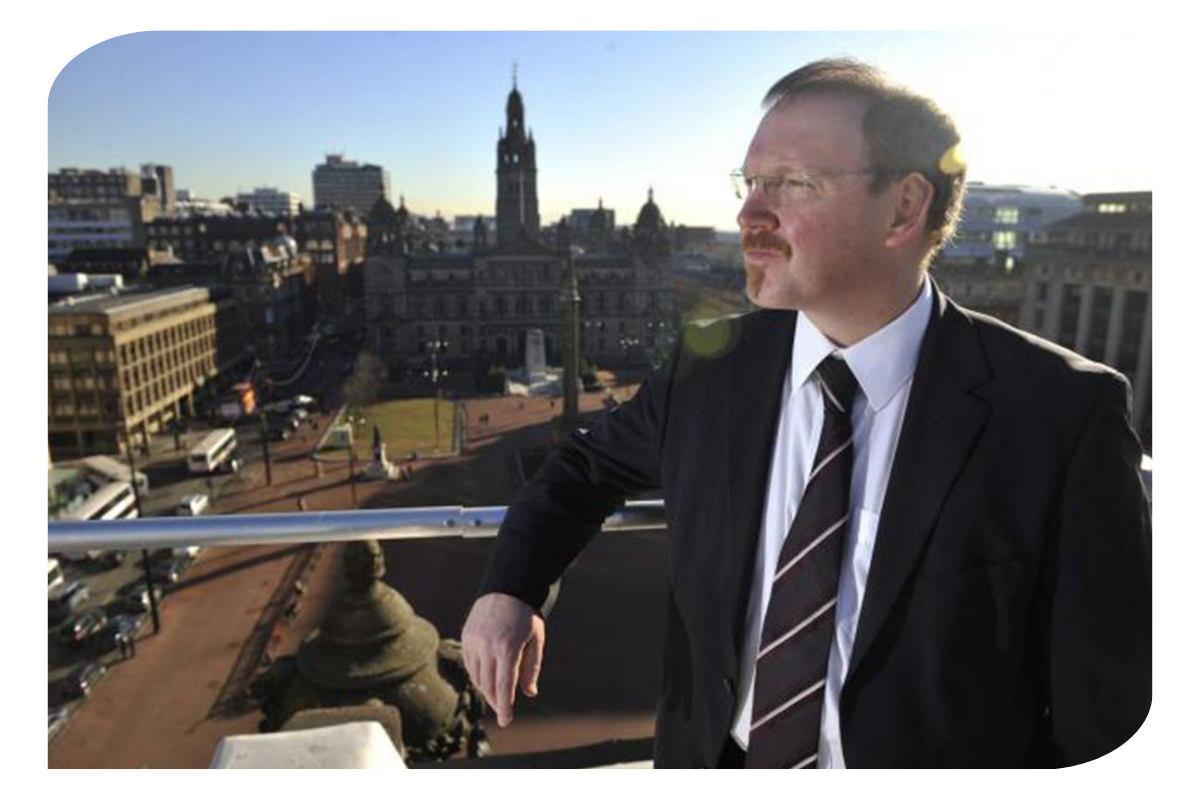
15 Nov 2023
By Stuart Patrick, Chief Executive of Glasgow Chamber of Commerce
Among the changes made this week in the UK Government line-up, I noted George Freeman’s resignation as Science Minister with some regret. His experience before entering Parliament in biomedical venture capital gave him a practical grasp of the issues involved in building research intensive companies. He had been closely involved in the designation of Glasgow City Region as an Innovation Accelerator Partnership, resulting in £33m of UK Government money being invested in 11 research commercialisation projects across the region.
Glasgow’s Innovation Accelerator Partnership Board - drawn from a very wide range of business and academic interests - had the opportunity to discuss with him in some depth the scale and nature of the science and technology clusters emerging in Glasgow City Region and from which those 11 projects were identified. Mr Freeman challenged us to provide more detailed analysis and insight into our clusters as a next step towards further government investment.
Last week that analysis was published as part of the new Glasgow City Region Innovation Action Plan; a joint document worked out between Innovate UK, Scottish Enterprise and the Glasgow City Region. That we have all three levels of government actively collaborating on Glasgow’s future is itself worth celebrating.
The City Region’s Intelligence Hub – a team of economists and data analysts devoted to assessing the trends affecting the Region’s economic health – carried out a sophisticated review of our emerging industrial strengths. Drawing on a variety of well-used cluster models and some new data platforms that avoid outdated standard industry classification codes, the Hub has identified five cluster groups that will be the focus of the Region’s Action Plan.
The five comprise health and life sciences, energy and net zero, advanced manufacturing and precision engineering, digital and enabling technologies and digital creative industries. Of these, perhaps the most diverse, is the enabling technologies which covers a wide range of specialisms including space, photonics, telecommunications, fintech and AI.
There is a multitude of research assets upon which either existing or emerging strengths will build. The Queen Elizabeth University Hospital in Govan, Strathclyde University’s Power Network Demonstration Centre in Cumbernauld and their National Manufacturing Institute Scotland next to Glasgow Airport, Glasgow School of Art’s School of Simulation and Visualisation, and Glasgow University’s James Watt Nanofabrication Centre are just a handful of remarkable facilities littered through the Action Plan document.
At the plan’s core sits a set of commitments worked out in consultation with more than 120 leaders in the region’s innovation community. I had the privilege of listening in to four workshops organised by the Glasgow City of Science and Innovation team, which was also responsible for the ‘Can Do Innovation Summit’ at which the Action Plan was launched.
There are some long familiar challenges to be tackled. Awareness of Glasgow’s science and innovation strengths has been too low for too long. That has consequences for the choices young people make when they choose their education paths which, in turn, leads to the skill shortages that too many employers report. The availability of risk finance for both early stage and growing companies is still too concentrated in London and the support system for companies is described as both confusing and variable in quality. The availability of lab space is a UK problem and is prevalent in Glasgow too.
I have long argued that Glasgow’s three Innovation Districts, two led by the University of Strathclyde and the other by the University of Glasgow, are the fulcrum against which the Region can leverage the answers to so many of these challenges. They are a distinctive feature of Glasgow’s innovation system with each specialising in a different mix of the Action Plan’s clusters. They are well referenced throughout the Plan.
I would hope that George Freeman’s successor will help maintain the momentum that has been building behind Glasgow’s growing innovation economy. I hope too that the welcome collaboration between UK, Scottish and local governments to agree the Action Plan also finds the investment needed to deliver it.
This article was first published in The Herald on Wednesday 15 November 2023